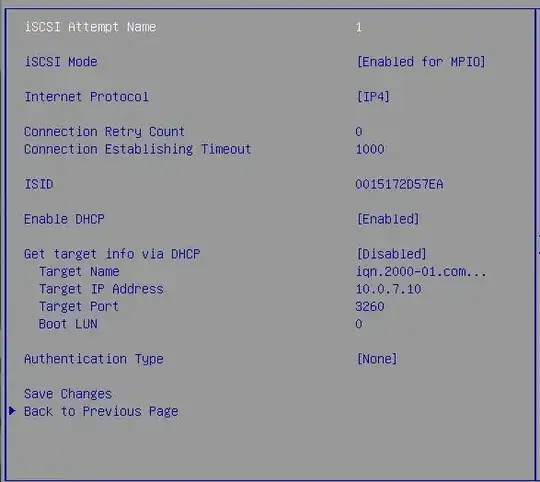I have a Supermicro 2uTwin2 blade server which we're hoping to run XenServer on.
Because this motherboard only provides Intel's fakeraid, I was hoping to leverage its boot from iSCSI functionality to get some redundancy.
I can't figure out how this is meant to work.
My best guess would be that the NIC acts like an HBA, allowing me to boot off a CD and then install the OS onto the NIC-based disk. However this doesn't seem to be the case.
I can define an iSCSI target in the BIOS, and when the server boots I see it connect momentarily. Then it seems to disconnect and move-on.

So, my questions:
- Can someone explain how the Boot From iSCSI process is meant to work?
- How can I install an OS on to an iSCSI volume?